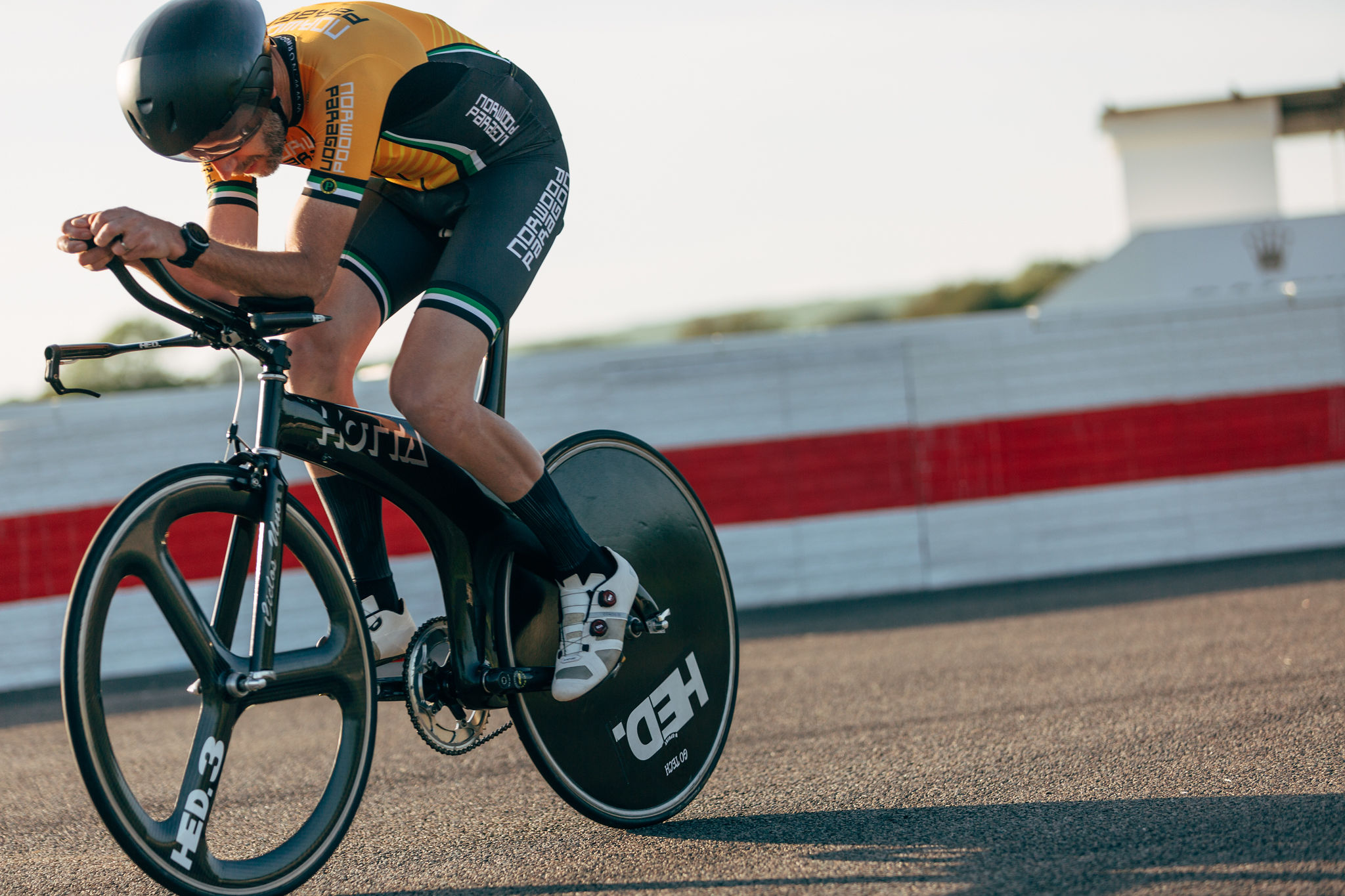What kind of tires do you need for winter?
What you need to consider when switching tires for the winter months

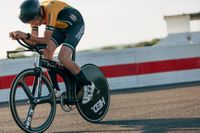
Winter miles equals summer smiles, as the saying goes. But if you’re going to commit to putting in the hard yards in harsh conditions, you’ve got to make sure your bike is up for it too – and if you choose the wrong tires your winter programme can literally come unstuck.
In the UK, and many other countries around the globe, as sure as night follows day, the roads become a horror show. Potholes appear, chomping up lightweight rubber with their jagged jaws, while small slivers of glass, thorns and other sharp objects will burrow into the carcass of your tire at the first opportunity.
We have a dedicated reviews guide to the best winter tires, but if you're keen to find out more about their potential benefits to your cold-weather riding then read on.
Puncture protection
So a winter or training tire needs to be more cut-resistant and puncture-resistant than a summer racing tire and for this reason it’s generally slightly heavier. The same casing can be used – for instance Continental’s Grand Prix 4 Season uses the same yarn as the top-end Grand Prix 5000 – but layers or plies of protective belt that use materials such as Kevlar are added between casing and tread, with often some extra sidewall reinforcement.
Vectran is Continental’s puncture protection insert, which it uses in a ‘breaker’ belt under the tread of the Grand Prix 4 Season. This is a high-tech synthetic fibre with a high level of tear resistance for a low weight.
Meanwhile, Vittoria uses Kevlar threads in the cotton casing of the Corsa Control G2.0, its all-season tire. Every fourth thread is Kevlar, which gives it extra strength while helping it to stay supple, maintaining a low rolling resistance.
Continental also says Vectran does not adversely affect the rolling resistance of its tires.
The latest race content, interviews, features, reviews and expert buying guides, direct to your inbox!
Extra grip
In addition to increased puncture resistance, a winter tire needs a tread compound that grips well in wet conditions and at low temperatures.
Vittoria’s Corsa Control G2.0, which is a heavier-duty version of its Corsa G2.0 racing tire, uses four separate rubber compounds enhanced by graphene (the ‘G’ in the name), which it calls 4C. Two surface compounds and two supporting compounds each have their own specific grip, rolling resistance and rebound properties.
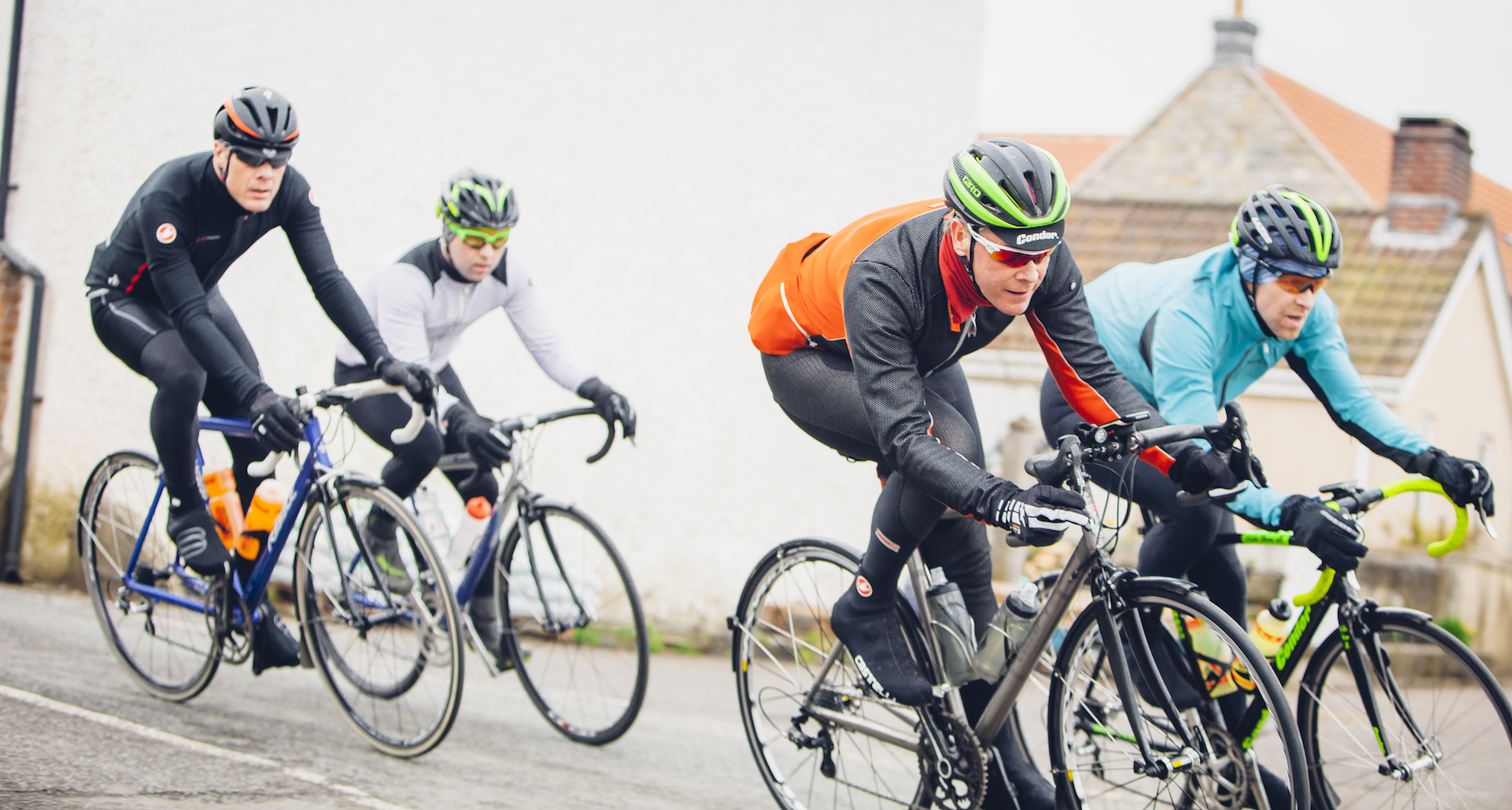
Meanwhile Continental’s Grand Prix 4 Season uses the German brand’s Max Grip Silica compound, which is optimised for wet weather adhesion and low temperatures, and has five plies underneath a sixth cut-resistant DuraSkin puncture-resistant layer.
Hutchinson’s Fusion 5 All Season uses the French brand’s ElevenStorm compound, which it says is designed for low rolling resistance, grip and high mileage. Hutchinson uses a Kevlar breaker for puncture protection.
Tread pattern
While off-road tires have knobs to help them gain traction on muddy trails – known as mechanical grip – road bike tires rely on adhesive grip supplied by the compound. The Vittoria Corsa Control G2.0, for example is slick with just longitudinal lines down the centre of the tread.
The Continental Grand Prix 4 Season, however, does have a large grooved shoulder pattern that stretches over to the central area. Continental says this is to supply some mechanical grip if you venture onto rougher unclassified roads, and also claims a moderate grooved pattern may help if the road is covered in leaves and mud, especially in hilly areas where you could experience real wheel slippage when climbing.
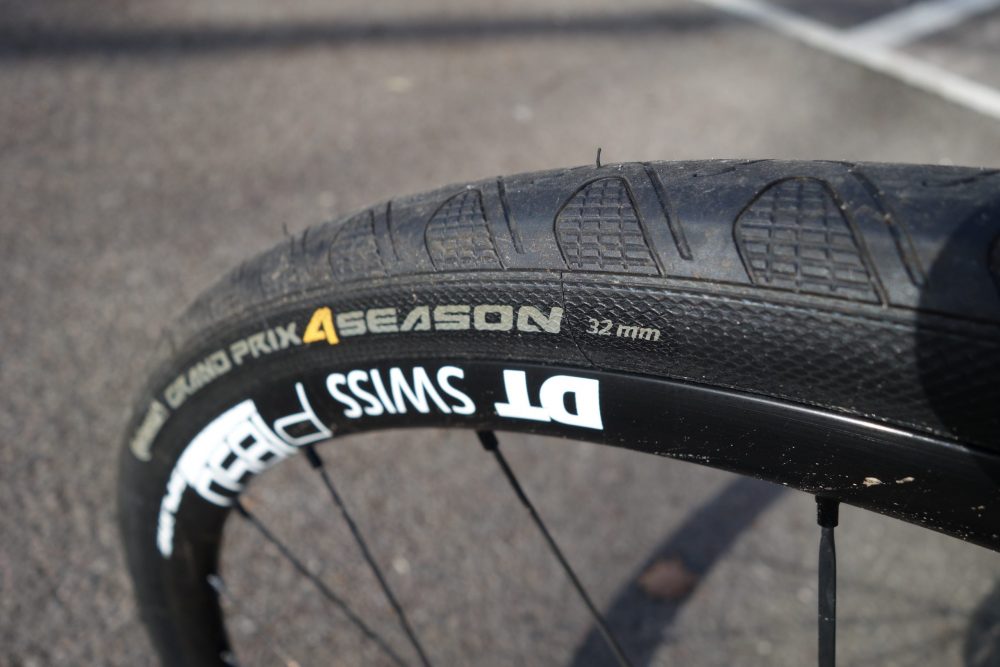
So on tarmac, whether wet or dry, a bicycle tire relies on adhesion from the compound rather than a zig-zag pattern or mtb-style knobs.
Tubes or tubeless?
Tubeless tires do have advantages over their inner-tubed counterparts and can be especially useful in winter. If the sealant does its job and self-seals a puncture, not only will this save you from freezing to death by the side of the road, losing the feeling in your fingers as you struggle with a stiff bead and icy rim, but if you’re on a group ride it will save your ride mates freezing to death too, and they will be eternally grateful for that.
Tubeless tires can also be run at lower pressures, reducing the chance of a pinch flat and increasing grip. There’s also the possibility that they roll faster, but that obviously depends which ones you choose and what you’re comparing them to.
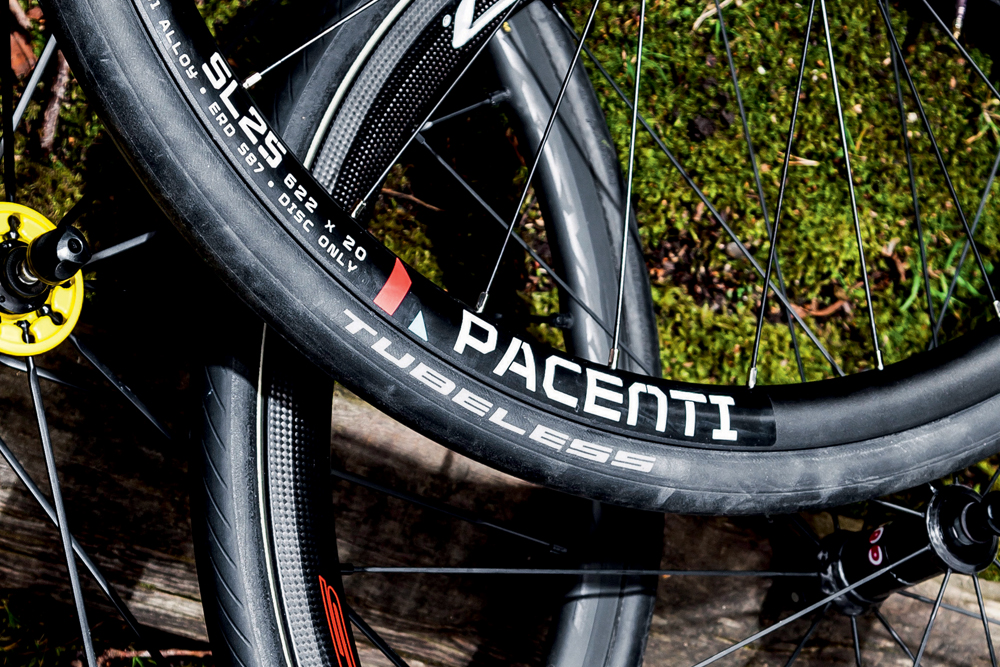
The Continental Grand Prix 4 Season is not available tubeless as yet, but the Vittoria Corsa Control G2.0 and Hutchinson Fusion 5 All Season both are. Meanwhile, Schwalbe is committing fully to tubeless technology with its all-season Schwalbe One TLE, which is only available tubeless.
The downsides of tubeless? Well, tubeless fans will say there aren’t any downsides. Tubeless set-up is undeniably trickier, though, and some puncture holes might be too big for either the sealant or a plug to fix – meaning you’ll need to squeeze an inner tube in there assuming you have one, or call your significant other.
To sum up, your tires for winter will ideally be supple and fast-rolling yet won’t puncture too easily, and there are plenty out there these days that tick all the boxes.
Simon Smythe is a hugely experienced cycling tech writer, who has been writing for Cycling Weekly since 2003. Until recently he was our senior tech writer. In his cycling career Simon has mostly focused on time trialling with a national medal, a few open wins and his club's 30-mile record in his palmares. These days he spends most of his time testing road bikes, or on a tandem doing the school run with his younger son.
